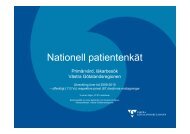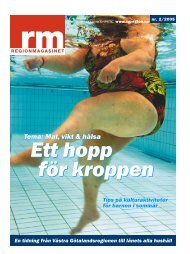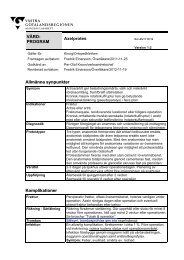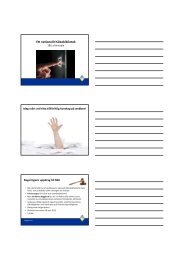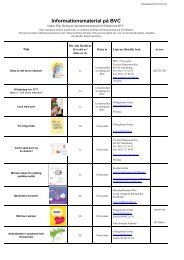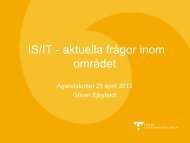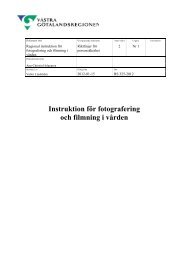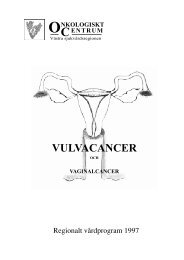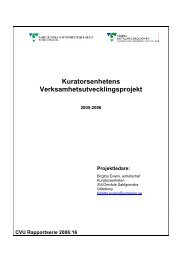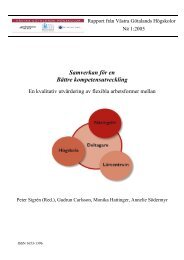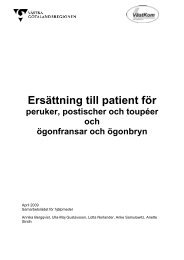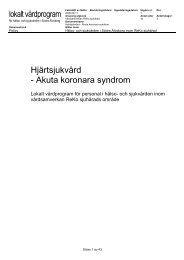FOURTEENTH ANNUAL EUROPEAN PRESSURE ULCER ...
FOURTEENTH ANNUAL EUROPEAN PRESSURE ULCER ...
FOURTEENTH ANNUAL EUROPEAN PRESSURE ULCER ...
Create successful ePaper yourself
Turn your PDF publications into a flip-book with our unique Google optimized e-Paper software.
Thursday September 1st<br />
Proceedings of the 14th Annual European Pressure Ulcer Meeting<br />
Oporto, Portugal<br />
System for pressure sore prevention: a user-centered design<br />
Olivier Chenu 1,2 , Yohan Payan 1 ,Petra Hlavackova 1,3,4 , Marek Bucki 5 ,Bruno Diot 2 ,<br />
Francis Cannard 5 , Jacques Demongeot 1,3 , Nicolas Vuillerme 1,3,4<br />
1* TIMC-IMAG UMR CNRS 5525 Grenoble Joseph Fourier University, France, olivier.chenu@imag.fr<br />
2 IDS, France, 3 AGIM FRE 3405 CNRS-Grenoble Joseph Fourier University-EPHE, France,<br />
4 Clinical Investigation Centre devoted to Technological Innovation, Raymond Poincaré University<br />
Hospital (AP-HP) Garches, France, 5 TexiSense, France<br />
Introduction<br />
Currently available techniques and/or protocols<br />
designed to prevent pressure sore formation in<br />
persons with spinal cord injury and wheelchair users,<br />
mainly based on the improvement of the skin/support<br />
interface and on a postural and behavioural education<br />
are not efficient. Indeed, the prevalence and incidence<br />
of pressure sore still remains very high, so that<br />
development and validation of an efficient solution to<br />
prevent pressure sore is strongly needed.<br />
Methods<br />
In this study, we adopted a user-centered approach<br />
which involves the end-users as real actors in the<br />
design decision making process to design, develop<br />
and assess an embedded biofeedback system for<br />
pressure sore prevention. The results of two<br />
complementary studies we conducted are presented:<br />
1. a participative conception study aimed at<br />
determining paraplegic persons’ needs, values,<br />
requirements and preferences;<br />
2. a usability study aimed at assessing the degree<br />
of effectiveness, efficiency and satisfaction with which<br />
they can use the embedded pressure sore prevention<br />
system.<br />
Results<br />
Results of the study using participative design<br />
methodology lead us to design and prototype the<br />
following embedded device for pressure sore<br />
prevention (VIGI-SORE) (Fig. 1) which consists in:<br />
1. putting a pressure mapping system onto the chair<br />
seat area that allows continuous and real-time<br />
acquisition of the pressure applied on the seat/skin<br />
interface;<br />
2. detecting/identifying excessive buttock pressure<br />
concentration (localization, intensity, duration);<br />
3. estimating the user’s posture modification that<br />
would reduce this overpressure concentration through<br />
mathematical modelling and the data-processing<br />
simulation of the relationship between buttock<br />
pressure distributions and seated postures;<br />
4. if necessary, sending this information to the user<br />
who could be (i) alerted via wrist vibratory stimulation<br />
provided by an in-house watch and (ii) informed of the<br />
localization of the excessive seated buttock pressure<br />
via a visual display (e.g., Smartphone).<br />
92<br />
Fig. 1: Principle of functioning of VIGI-SORE system [1].<br />
Results of the usability study showed that paraplegic<br />
persons were able to use feedback information<br />
provided by wrist vibratory stimulation and visual<br />
display to make appropriate postural changes that<br />
reduce buttock overpressures in seated posture, with<br />
ease, effectiveness, efficiency and satisfaction.<br />
Discussion<br />
This study demonstrates the feasibility and the<br />
usability of the VIGISORE system for pressure sore<br />
prevention in paraplegic persons. Based on these<br />
encouraging results, this system is planned to be<br />
clinically assessed in real-life condition during a long<br />
period of time with the use of a fully wireless<br />
customizable and washable mat made of a textile able<br />
to measure and estimate in real time the internal<br />
sacral/buttock pressures [2].<br />
Clinical relevance<br />
Thanks to a user-centered approach, VIGI-SORE<br />
could offer the possibility to provide a reliable and<br />
usable solution to pressure sore formation in persons<br />
with spinal cord injury and wheelchair users.<br />
Acknowledgements<br />
We appreciate the help of the IDS company (France),<br />
Grenoble Alpes Valorisation et Innovation<br />
Technologique, Pôle d’Allongement de la Vie Charles<br />
Foix, Carnot Institute LSI, Garches Foundation and<br />
AXA Research Fund.<br />
Conflict of Interest<br />
None.<br />
References<br />
[1] Vuillerme N. et al.., WO2010/057926.<br />
[2] Bucki et al., Proceedings of the 14th Annual<br />
European Pressure Ulcer Meeting, 2011<br />
Copyright © 2011 by EPUAP



